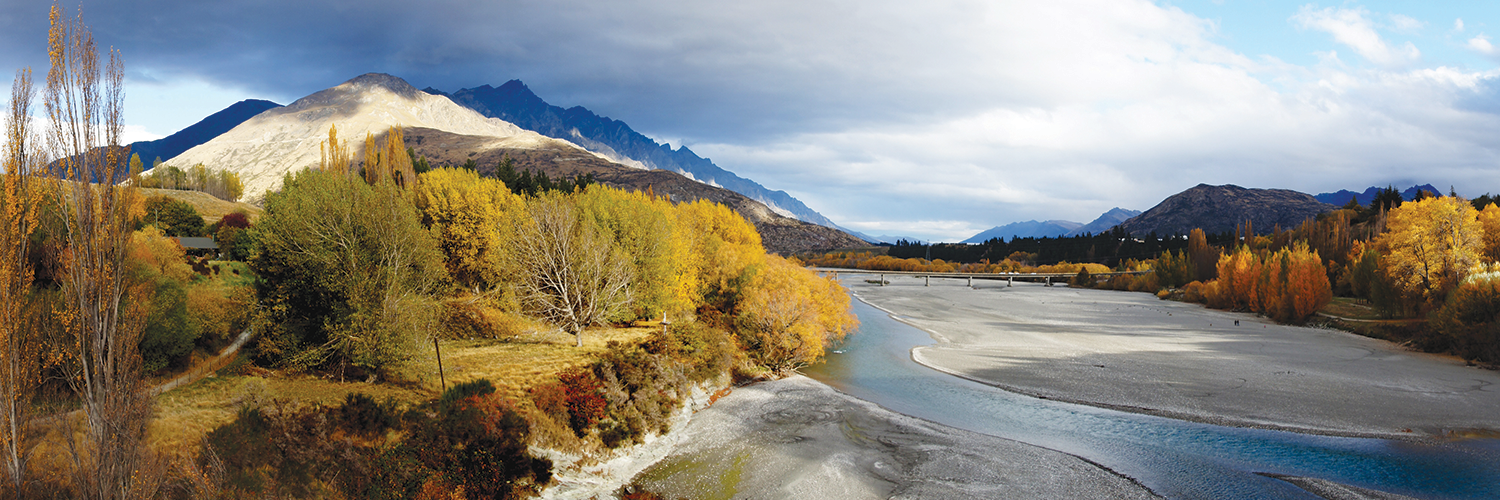South Island High Country Project
Our South Island High Country Project looked at what’s working, what’s not, where the gaps are and what people’s dreams are for public access in 50 or 100 years. We met with landholders, recreationalists, tourism operators and central and local government staff in the Mackenzie Country, Queenstown Lakes and Waitaki districts.
Read the South Island High Country Acess Report online
South Island High Country Access Report 2018
Tourist numbers are rapidly increasing throughout New Zealand, particularly in the Mackenzie, Queenstown Lakes, Waitaki and Central Otago districts in the central southern South Island.
These increasing numbers, combined with population growth in the Queenstown Lakes and Central Otago districts, bring unique pressures to the people who live, work and play in these areas and to the central and local government agencies that support them.
Through our work on the ground helping to create new access and resolving access disputes, Herenga ā Nuku began to hear concerning messages about the potential that some landholders could withdraw access to private land due to problems and pressures created by these increasing numbers and that there was a real risk of local communities withdrawing the social license for tourism.
Herenga ā Nuku decided to investigate the experiences of the people who live, work and play in these regions. We produced a report as the first step, based on 36 hours of meetings with 55 people.
The people interviewed, whose thoughts, hopes and fears are noted throughout the report, range from newcomers to the area to long-time locals. They include:
- landholders and farmers
- central and local government staff
- recreationalists
- community groups building, maintaining and using tracks and trails
- tourism operators and agencies, and others.
Following the report’s release, we conducted a round of public consultation, with more than 300 submissions from individuals and organisations. Overwhelmingly, the key stakeholders supported the report’s major findings and committed to working together to address the issues and embrace the opportunities identified.
Read more:
- Examining access in the South Island High Country
- Consultation draft: South Island High Country Access Report
- High country heroes
---
Photo credit: Bernard Spragg NZ. at Flickr

